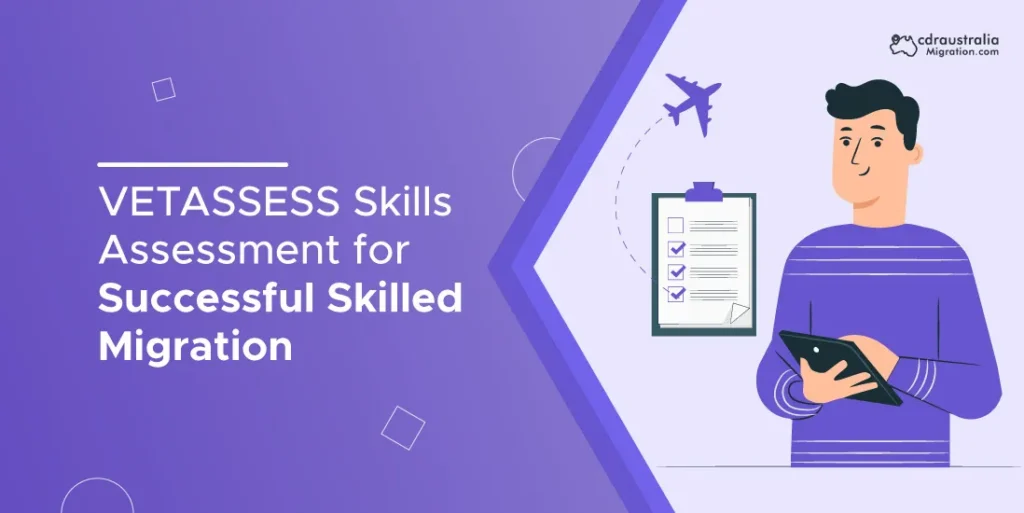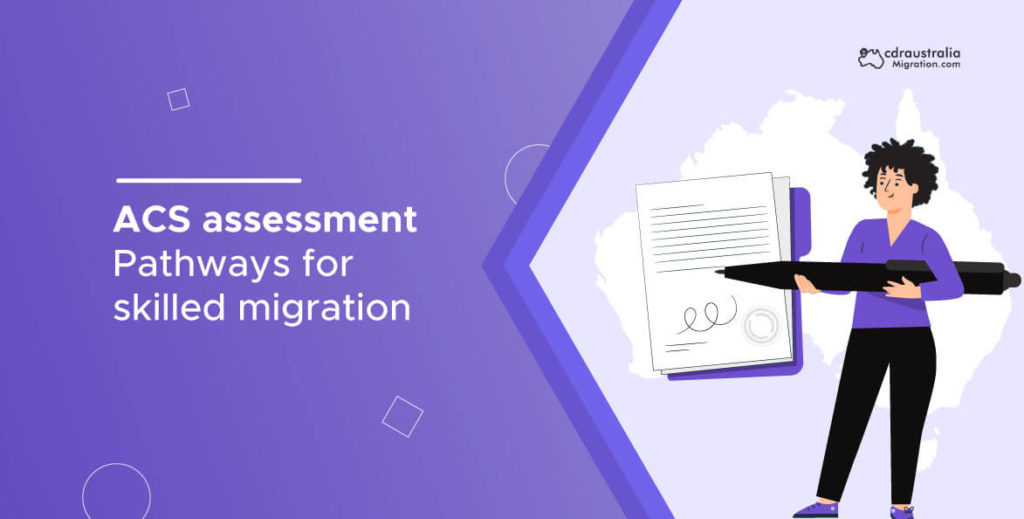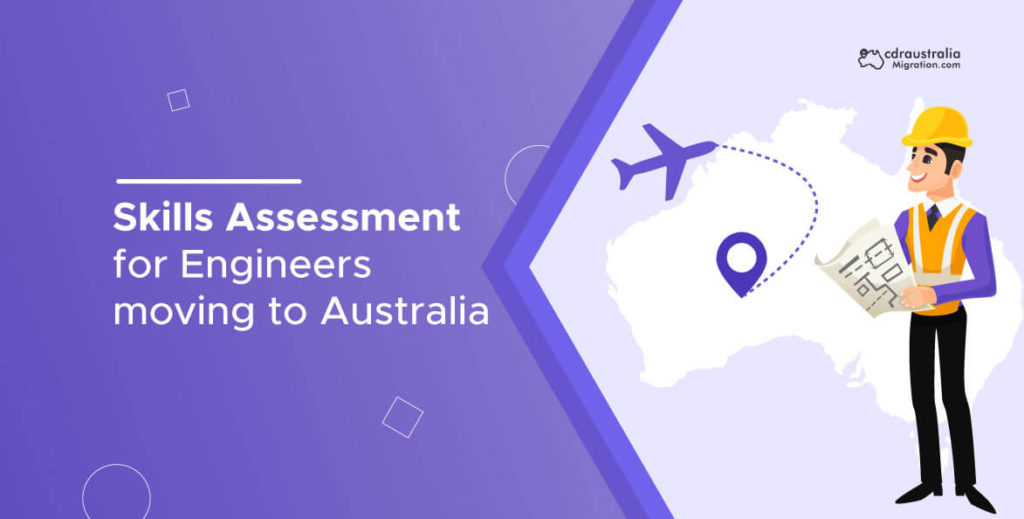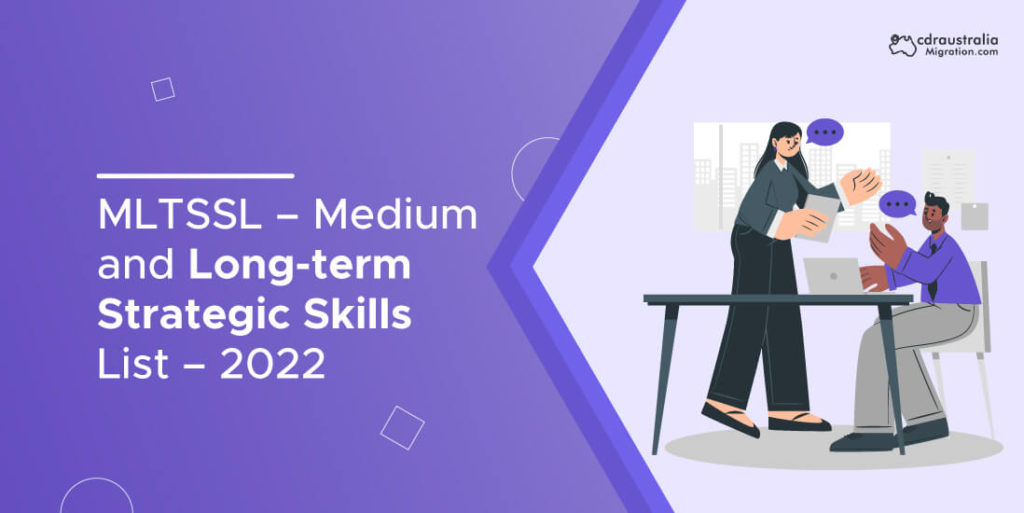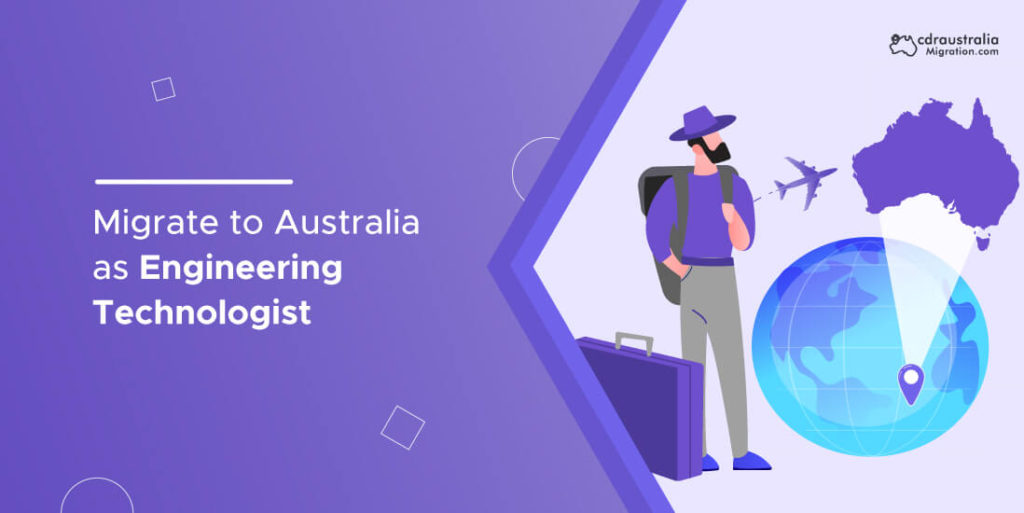Engineers Australia Fees For Skills Assessment
If you’re planning to start your career in Australia as an engineer, it’s essential to know about the fees for migration skills assessment from Engineers Australia. The information comes from the Engineers Australia website, covering fees applicable from 2023 to 2024. Engineers Australia is the main authority in Australia to approve and check engineering skills. This assessment serves as a crucial initial step to achieving permanent residency. This blog will explain the step-by-step process, Engineers Australia fees, and why the migration skills assessment matters. Why is the Engineering Australia Skills Assessment Required? Engineers Australia checks if you can work in Australia by looking at your qualifications, skills, and experience. Before applying for a visa, get an MSA outcome letter from Engineers Australia – it proves you’re a suitable engineer in Australia This letter adheres to Australian immigration rules. It enhances your chances of securing visas like the Skilled Independent visa or the Skilled Nominated visa (subclass 190). These visas are popular among skilled professionals, and approval from EA helps your application. It is important to mention that Australia utilizes a points-based immigration system for evaluating candidates applying for skilled migration visas. Factors such as age, English proficiency, work experience, and qualifications collectively determine your total points. A positive outcome in the skills assessment is a significant advantage in this point-based system, potentially increasing your likelihood of obtaining an Australian visa. You can access extra services in connection with the migration skills assessment by Engineers Australia fees. These services include faster application processing, reviews of engineering PhD qualifications obtained overseas, and evaluations of relevant skilled work experience. The assessment is necessary for several reasons: 1. Need for Skilled Visa Application Before applying, meet the Engineering Australia Skills Assessment rule. 2. Authentication of Genuine Engineering Professional Excellent English language skills are essential for success in the Australian workplace. Get Enroll in English courses, join conversation groups, and use online resources. You can engage in language exchange programs to enhance your language skills. 3. Support for Visa Application The EA approval letter is a crucial support document for an individual’s visa application to the Department of Home Affairs. This letter verifies that the candidate meets the required qualifications and experience. It also ensures that they meet the needed standards for the engineering profession in Australia. 4. More Points for Work Experience The Engineering Australia Skills Assessment may award extra points based on years of work experience. It provides an advantage to individuals seeking to maximize their chances of obtaining a skilled visa. Read More: What are the most in-demand engineering jobs in Australia? 💪🏾💪🏾 Step-by-Step Guide for Skills Assessment Below is the step-by-step guide for skills assessment for Engineers Australia: 1. Follow the Migration Skills Assessment (MSA) Booklet Before getting on the skills assessment process, engineers must read the MSA Booklet. Below, you will learn about the requirements and checklists necessary for successful application: 2. Select the appropriate pathway Choosing the correct route is pivotal in the skills assessment process. The other sections will detail various pathways, each with its fee structure. 3. Gather all necessary documents Preparing for the online skills assessment involves gathering all required documents. A detailed checklist for accredited and non-accredited qualifications ensures a smooth application process. 4. Fill out an application The application itself is a crucial step in the process. Understanding the requirements and providing accurate information is essential for a successful assessment. Checklists for Accredited and Non-Accredited Qualifications The checklists for accredited and non-accredited qualifications are as follows: 1. Accredited Qualifications Checklist If you have accredited qualifications, you’ll need the following documents: Photo from a recent passport A valid passport Certificate of your college degree A copy of your academic transcript Curriculum Vitae IELTS, PTE Academic, and TOEFL iBT exam results Any document relating to a name change Color scans of the original papers for all documents 2. Non-Accredited Qualifications Checklist If you don’t have accredited qualifications, you need to submit a Competency Demonstration Report (CDR) with: Photo from a recent passport A valid passport Certificate of a college degree A copy of your academic transcript Curriculum Vitae IELTS, PTE Academic, and TOEFL iBT exam results Any document relating to a name change A certificate of registration that is relevant Employment documentation, such as a letter of recommendation and paycheck slips CPD list 3 Career Episodes Summary Statement Color scans of the original papers for all documents Learn More: Is hiring an agency to write my CDR for an Australian visa OK? 🚀🚀 Pathways for Migration Skills Assessment Below are two pathways for migration skills assessment: 1. Competency Demonstration Report (CDR) Pathway The CDR pathway is the pathway for individuals who accredit qualifications or come from a non-signatory nation. The EA migration skills assessment helps in evaluating and validating the educational qualifications. Also, it checks the skills and professional experiences claimed by applicants for immigration. 2. Accord Pathways Accord pathways include the Washington Accord, Australia Qualification, Sydney Accord, and Dublin Accord. The pathway choice depends on the qualification’s accreditation status and the country of origin. Engineering Australia Skills Assessment EA Skills Assessment is a detailed process led by authorized personnel of Engineers Australia. Its goal is to check and verify an individual’s qualifications and claimed duties for immigration purposes. The Australian Government sets the assessment criteria and guidelines based on their rules. Understanding the Points System Australia employs a points-based immigration system to assess applicants for skilled migration visas. Age, English skills, work experience, and qualifications contribute to your points score. A favorable skills assessment outcome becomes a valuable asset in this points-based system. Then, it boosts your chances of securing an Australian visa. Engineers Australia Fees for Skills Assessment (2023 to 2024) We have outlined the Engineers Australia fees for our migration skills assessment during the 2023 to 2024 period below. International Accords Qualification Assessment Fees Australian Accredited Engineering Qualification Assessment Fees Competency Demonstration Report (CDR) Assessment Fees EA Skills Assessment Pathways 1. Accredited Qualifications Pathways If you have accredited qualifications, you have four
Engineers Australia Fees For Skills Assessment Read More »


